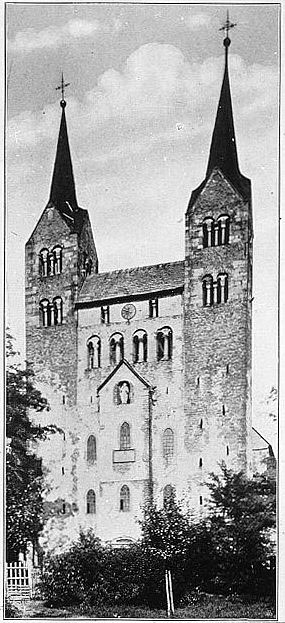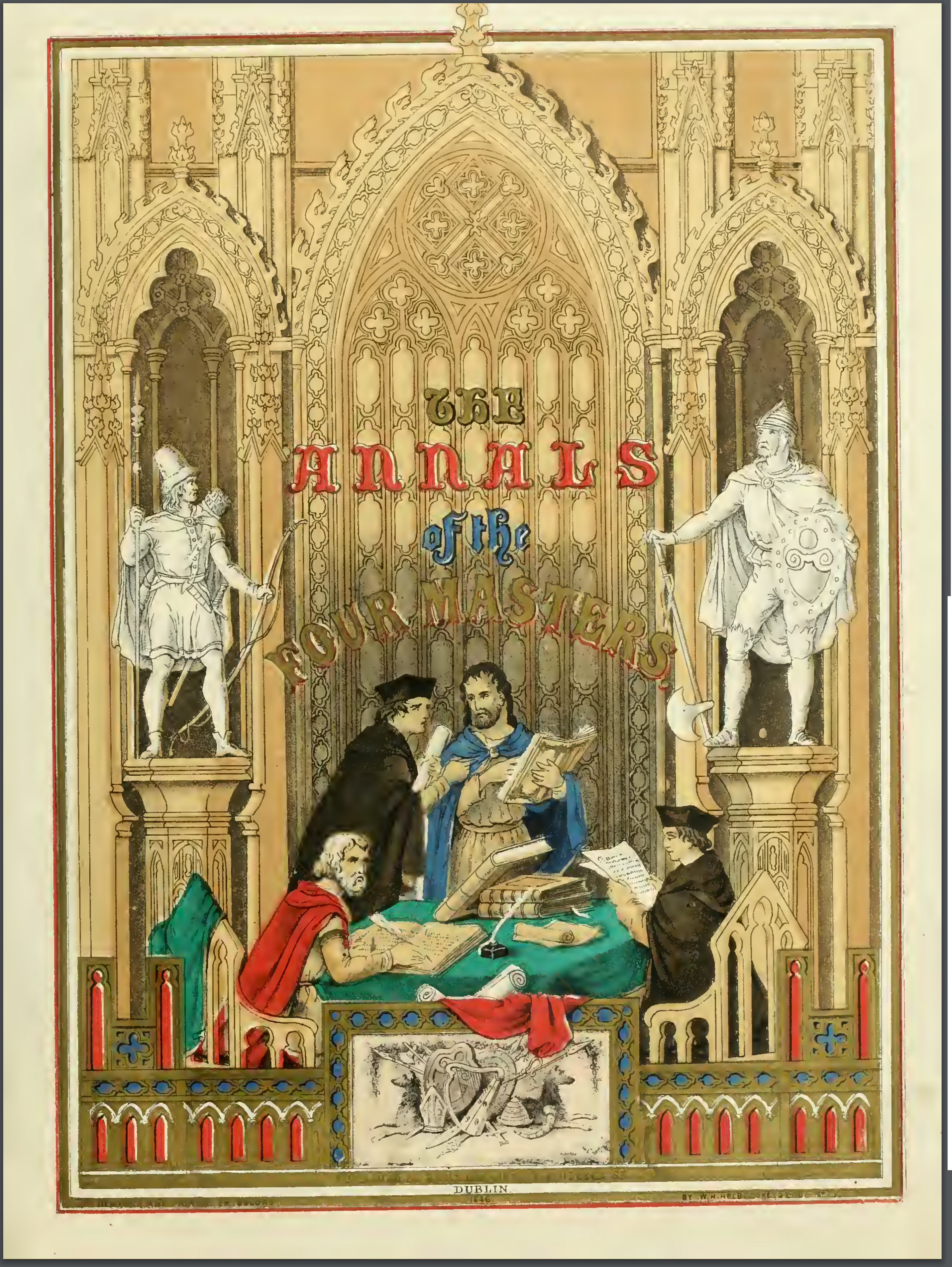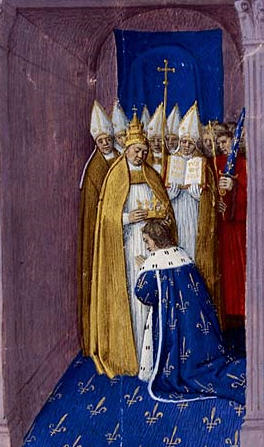|
Annals
Annals (, from , "year") are a concise history, historical record in which events are arranged chronology, chronologically, year by year, although the term is also used loosely for any historical record. Scope The nature of the distinction between annals and history is a subject based on divisions established by the ancient Romans. Verrius Flaccus, quoted by Aulus Gellius, stated that the etymology of ''history'' (from Ancient Greek, Greek , , equated with Latin , "to inquire in person") properly restricts it to primary sources such as Thucydides's which have come from the author's own observations, while annals record the events of earlier times arranged according to years. Hayden White distinguishes annals from chronicles, which organize their events by topics such as the reigns of kings, and from histories, which aim to present and conclude a narrative implying the moral importance of the events recorded. Generally speaking, annalists record events drily, leaving the entries u ... [...More Info...] [...Related Items...] OR: [Wikipedia] [Google] [Baidu] |
Annals (Tacitus)
The ''Annals'' () by Roman historian and senator Tacitus is a history of the Roman Empire from the reign of Tiberius to that of Nero, the years AD 14–68. The ''Annals'' are an important source for modern understanding of the history of the Roman Empire during the 1st century AD. Tacitus' final work, modern historians generally consider it his magnum opus which historian Ronald Mellor says represents the "pinnacle of Roman historical writing". Tacitus' ''Histories'' and ''Annals'' together amounted to 30 books, although some scholars disagree about which work to assign some books to, traditionally 14 are assigned to ''Histories'' and 16 to ''Annals''. Of the 30 books referred to by Jerome about half have survived. Modern scholars believe that as a Roman senator, Tacitus had access to '' Acta Senatus''—the Roman senate's records—which provided a solid basis for his work. Although Tacitus refers to part of his work as "my annals", the title of the work ''Annals'' used tod ... [...More Info...] [...Related Items...] OR: [Wikipedia] [Google] [Baidu] |
Annals Of Ulster
The ''Annals of Ulster'' () are annals of History of Ireland, medieval Ireland. The entries span the years from 431 AD to 1540 AD. The entries up to 1489 AD were compiled in the late 15th century by the scribe Ruaidhrí Ó Luinín, under his patron Cathal Óg Mac Maghnusa, on the island of ''Senadh-Mic-Maghnusa'', also known as ''Senad'' or Ballymacmanus Island (now known as Belle Isle, where Belle Isle Castle is located), near Lisbellaw, on Lough Erne in the kingdom of ''Fir Manach'' (Fermanagh). Later entries (up to AD 1540) were added by others. Entries up to the mid-6th century are retrospective, drawing on earlier annalistic and historical texts, while later entries were contemporary, based on recollection and oral history. Thomas Charles-Edwards, T. M. Charles-Edwards has claimed that the main source for its records of the first millennium A.D. is a now-lost Armagh continuation of the ''Chronicle of Ireland''. The Annals used the Irish language, with some ... [...More Info...] [...Related Items...] OR: [Wikipedia] [Google] [Baidu] |
Annals Of The Four Masters
The ''Annals of the Kingdom of Ireland'' () or the ''Annals of the Four Masters'' () are chronicles of Middle Ages, medieval Irish history. The entries span from the Genesis flood narrative, Deluge, dated as 2,242 Anno Mundi, years after creation to AD 1616. Publication delay Due to the criticisms by 17th-century Irish historian Tuileagna Ó Maol Chonaire, the text was not published in the lifetimes of any of the participants. Text The annals are mainly a compilation of earlier annals, although there is some original work. They were compiled between 1632 and 1636, allegedly in a cottage beside the ruins of Donegal Abbey, just outside Donegal (town), Donegal Town. At this time, however, the Franciscans had a house of refuge by the River Drowes in County Leitrim, just outside Ballyshannon, and it was here, according to others, that the ''Annals'' were compiled. [...More Info...] [...Related Items...] OR: [Wikipedia] [Google] [Baidu] |
Chronicle Of Ireland
The Chronicle of Ireland () is the modern name for a hypothesized collection of ecclesiastical annals recording events in Ireland from 432 to 911 AD. Several surviving annals share events in the same sequence and wording, until 911 when they continue separate narratives. They include the Annals of Inisfallen, the Annals of Ulster, the Chronicon Scotorum, the Annals of Clonmacnoise, the Annals of Tigernach, the Annals of Roscrea, the Annals of Boyle, and the Fragmentary Annals of Ireland. "The Chronicle of Ireland" represents the scholarly consensus solution to this Gaelic synoptic problem. Format Events are listed in separate entries under the heading of a single year. Most entries consist of only one or two sentences, and some years contain only one or two entries. The Viking raid on Iona Abbey in 806, in which the entire population of the abbey was massacred, is recorded with typical brevity: Authorship There is no direct evidence for the identity of the Chron ... [...More Info...] [...Related Items...] OR: [Wikipedia] [Google] [Baidu] |
Annals Of Innisfallen
The ''Annals of Inisfallen'' () are a chronicle of the medieval history of Ireland. Overview There are more than 2,500 entries spanning the years between 433 and 1450. The manuscript is thought to have been compiled in 1092, as the chronicle is written by a single scribe down to that point but updated by many different hands thereafter. It was written by the monks of Innisfallen Abbey, on Innisfallen Island on Lough Leane, near Killarney in Munster, but made use of sources produced at different centres around Munster as well as a Clonmacnoise group text of the hypothetical Chronicle of Ireland. It is regarded as the main source for the medieval history of Munster. As well as the chronological entries, the manuscript contains a short, fragmented narrative of the history of pre-Christian Ireland, known as the ''pre-Patrician section'', from the time of Abraham to the arrival of Saint Patrick in Ireland. This has many elements in common with Lebor Gabála Érenn. It sets the ... [...More Info...] [...Related Items...] OR: [Wikipedia] [Google] [Baidu] |
Chronicle
A chronicle (, from Greek ''chroniká'', from , ''chrónos'' – "time") is a historical account of events arranged in chronological order, as in a timeline. Typically, equal weight is given for historically important events and local events, the purpose being the recording of events that occurred, seen from the perspective of the chronicler. A chronicle which traces world history is a universal chronicle. This is in contrast to a narrative or history, in which an author chooses events to interpret and analyze and excludes those the author does not consider important or relevant. The information sources for chronicles vary. Some are written from the chronicler's direct knowledge, others from witnesses or participants in events, still others are accounts passed down from generation to generation by oral tradition.Elisabeth M. C. Van Houts, ''Memory and Gender in Medieval Europe: 900–1200'' (Toronto; Buffalo: University of Toronto Press, 1999), pp. 19–20. Some used writ ... [...More Info...] [...Related Items...] OR: [Wikipedia] [Google] [Baidu] |
Histories (Tacitus)
''Histories'' () is a Roman historical chronicle by Tacitus. Written , its complete form covered , a period which includes the Year of Four Emperors following the downfall of Nero, as well as the period between the rise of the Flavian dynasty under Vespasian and the death of Domitian. However, the surviving portion of the work only reaches the year 70 and the very beginning of the reign of Vespasian. Together, the ''Histories'' and the '' Annals'' amounted to 30 books. Saint Jerome refers to these books explicitly, and about half of them have survived. Although scholars disagree on how to assign the books to each work, traditionally, fourteen are assigned to ''Histories'' and sixteen to the ''Annals''. Tacitus' friend Pliny the Younger referred to "your histories" when writing to Tacitus about the earlier work. By the time Tacitus had completed the ''Histories'', it covered Roman history from AD 69, following Nero's death, to AD 96, the end of Domitian's reign. The ''Anna ... [...More Info...] [...Related Items...] OR: [Wikipedia] [Google] [Baidu] |
Royal Frankish Annals
The ''Royal Frankish Annals'' (Latin: ''Annales regni Francorum''), also called the ''Annales Laurissenses maiores'' ('Greater Lorsch Annals'), are a series of annals composed in Latin in Carolingian Francia, recording year-by-year the state of the monarchy from 741 (the death of Charles Martel) to 829 (the beginning of the crisis of Louis the Pious). Their authorship is unknown, though Wilhelm von Giesebrecht suggested that Arno of Salzburg was the author of an early section surviving in the copy at Lorsch Abbey. The Annals are believed to have been composed in successive sections by different authors, and then compiled.Scholz “Introduction” ''Carolingian Chronicles'' p. 5 The depth of knowledge regarding court affairs suggests that the annals were written by persons close to the king, and their initial reluctance to comment on Frankish defeats betrays an official design for use as Carolingian propaganda. Though the information contained within is heavily influenced by a ... [...More Info...] [...Related Items...] OR: [Wikipedia] [Google] [Baidu] |
Anglo-Saxon Chronicle
The ''Anglo-Saxon Chronicle'' is a collection of annals in Old English, chronicling the history of the Anglo-Saxons. The original manuscript of the ''Chronicle'' was created late in the ninth century, probably in Wessex, during the reign of King Alfred the Great (r. 871–899). Its content, which incorporated sources now otherwise lost dating from as early as the seventh century, is known as the "Common Stock" of the ''Chronicle''.Hunter Blair, ''Roman Britain'', p. 11. Multiple copies were made of that one original and then distributed to monasteries across England, where they were updated, partly independently. These manuscripts collectively are known as the ''Anglo-Saxon Chronicle''. Almost all of the material in the ''Chronicle'' is in the form of annals, by year; the earliest is dated at 60 BC (the annals' date for Julius Caesar's invasions of Britain). In one case, the ''Chronicle'' was still being actively updated in 1154. Nine manuscripts of the ''Chronicle'', none of ... [...More Info...] [...Related Items...] OR: [Wikipedia] [Google] [Baidu] |
Annales
Annals are a concise form of historical writing which record events chronologically, year by year. The equivalent word in Latin and French is ''annales'', which is used untranslated in English in various contexts. List of works with titles containing the word "Annales" *Annales (Ennius), ''Annales'' (Ennius), an epic poem by Quintus Ennius covering Roman history from the fall of Troy down to the censorship of Cato the Elder * Annals (Tacitus) ''Ab excessu divi Augusti'' "Following the death of the divine Augustus" * Annales Alamannici, ed. W. Lendi, Untersuchungen zur frühalemannischen Annalistik. Die Murbacher Annalen, mit Edition (Freiburg, 1971) * Annales Bertiniani, eds. F. , J. Vielliard, S. Clemencet and L. Levillain, Annales de Saint-Bertin (Paris, 1964) * , Paris, France. Published 1802 to 1813, then became the Mémoires then the Nouvelles Annales * Annales Fuldenses, ed. F. Kurze, ''Monumenta Germaniae Historica'' SRG (Hanover, 1891) * ''Annales. Histoire, Sciences Social ... [...More Info...] [...Related Items...] OR: [Wikipedia] [Google] [Baidu] |
Historical Record
Recorded history or written history describes the historical events that have been recorded in a written form or other documented communication which are subsequently evaluated by historians using the historical method. For broader world history, recorded history begins with the accounts of the ancient world around the 4th millennium BCE, and it coincides with the invention of writing. For some geographic regions or cultures, written history is limited to a relatively recent period in human history because of the limited use of written records. Moreover, human cultures do not always record all of the information which is considered relevant by later historians, such as the full impact of natural disasters or the names of individuals. Recorded history for particular types of information is therefore limited based on the types of records kept. Because of this, recorded history in different contexts may refer to different periods of time depending on the topic. The interpretat ... [...More Info...] [...Related Items...] OR: [Wikipedia] [Google] [Baidu] |
Quintus Fabius Pictor
Quintus Fabius Pictor (born BC, BC) was the earliest known Roman historian. His history, written in Greek and now mostly lost besides some surviving fragments, was highly influential on ancient writers and certainly participated in introducing Greek historiographical methods to the Roman world. However, the work was highly partisan towards Rome, blaming the Second Punic War (218–201 BC) on Carthage and idealizing the Roman Republic as a well-ordered state loyal to its allies. Fabius probably served as praetor, was a member of the Senate, and participated in a delegation sent to the oracle at Delphi in 216 BC. Some scholars consider him one of the earliest annalists, although this conclusion has been criticized. Life Quintus Fabius Pictor was born ca. 270 BC to a prestigious patrician family of the Roman Republic, the gens Fabia. The cognomen ''Pictor'' (Latin for 'painter') was inherited from his grandfather, Gaius Fabius Pictor, who had decorated the temple of Salus in 30 ... [...More Info...] [...Related Items...] OR: [Wikipedia] [Google] [Baidu] |





